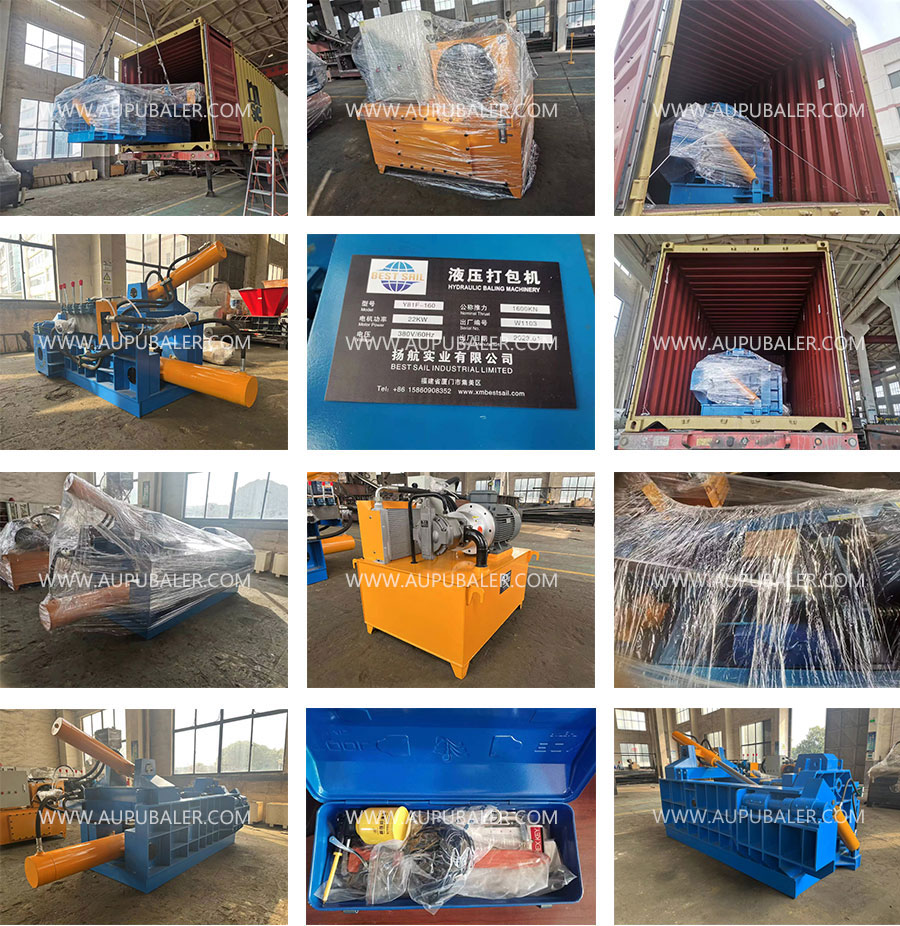Before transportation, the Horizontal Baler needs to be fully inspected and protected. Empty the hydraulic oil, lubricating oil and other liquids in the equipment to prevent leakage during transportation; remove detachable parts, such as operating panels, some pipes, etc., pack them separately, mark them and store them properly. At the same time, use high-strength packaging materials to wrap the main body of the equipment, especially key parts and vulnerable parts, which need to be reinforced with protective pads or wooden boards to avoid collision damage.
2. Choose the right transportation tool
Choose a matching transportation vehicle according to the size and weight of the equipment. For large horizontal balers, flatbed trailers are usually used for transportation to ensure that the vehicle's load-bearing capacity and space dimensions meet the requirements. When loading, the equipment position should be reasonably planned to stabilize its center of gravity, and tools such as wire ropes and rope tighteners should be used to firmly fix the equipment on the transport vehicle to prevent displacement and tilting during transportation.
3. Monitoring the transportation process
During transportation, the driver needs to drive carefully, avoid sudden braking, sharp turns and other operations, and reduce the vibration and impact of the equipment. At the same time, check the fixing of the equipment regularly. If looseness or abnormality is found, stop the car in time for reinforcement. If the transportation distance is long, you also need to pay attention to weather changes and take protective measures such as rain and sun protection for the equipment.
4. Installation site planning
Plan the installation site in advance to ensure that the ground is flat and solid and can bear the weight of the equipment. According to the installation drawings of the equipment, reserve sufficient operating space and channels to facilitate equipment installation and subsequent maintenance. At the same time, ensure that the power supply of the installation site is stable, and equip with appropriate distribution boxes and cables to meet the power demand of the equipment.
5. Equipment installation
After the equipment is unloaded smoothly, assemble it according to the installation drawings. First install the main body of the equipment to ensure that its horizontality and verticality meet the requirements. You can use tools such as a level to measure and adjust it. Then, install the disassembled parts in turn, connect the hydraulic pipes, electrical lines, etc., and ensure that the connections are firm and well sealed. During the installation process, strictly follow the operating specifications to avoid equipment failures due to improper installation.
6. Commissioning and acceptance
After the equipment is installed, it needs to be fully commissioned. First, add an appropriate amount of hydraulic oil, lubricating oil and other liquids to check the operation of each component. Then, perform a no-load test run to observe whether the equipment is running smoothly and whether there is any abnormal noise and vibration. Next, perform a load test run, gradually increase the amount of material, and test the compression performance and working stability of the equipment. After the commissioning is completed, the equipment is inspected according to the acceptance standards to ensure that all indicators meet the requirements.








